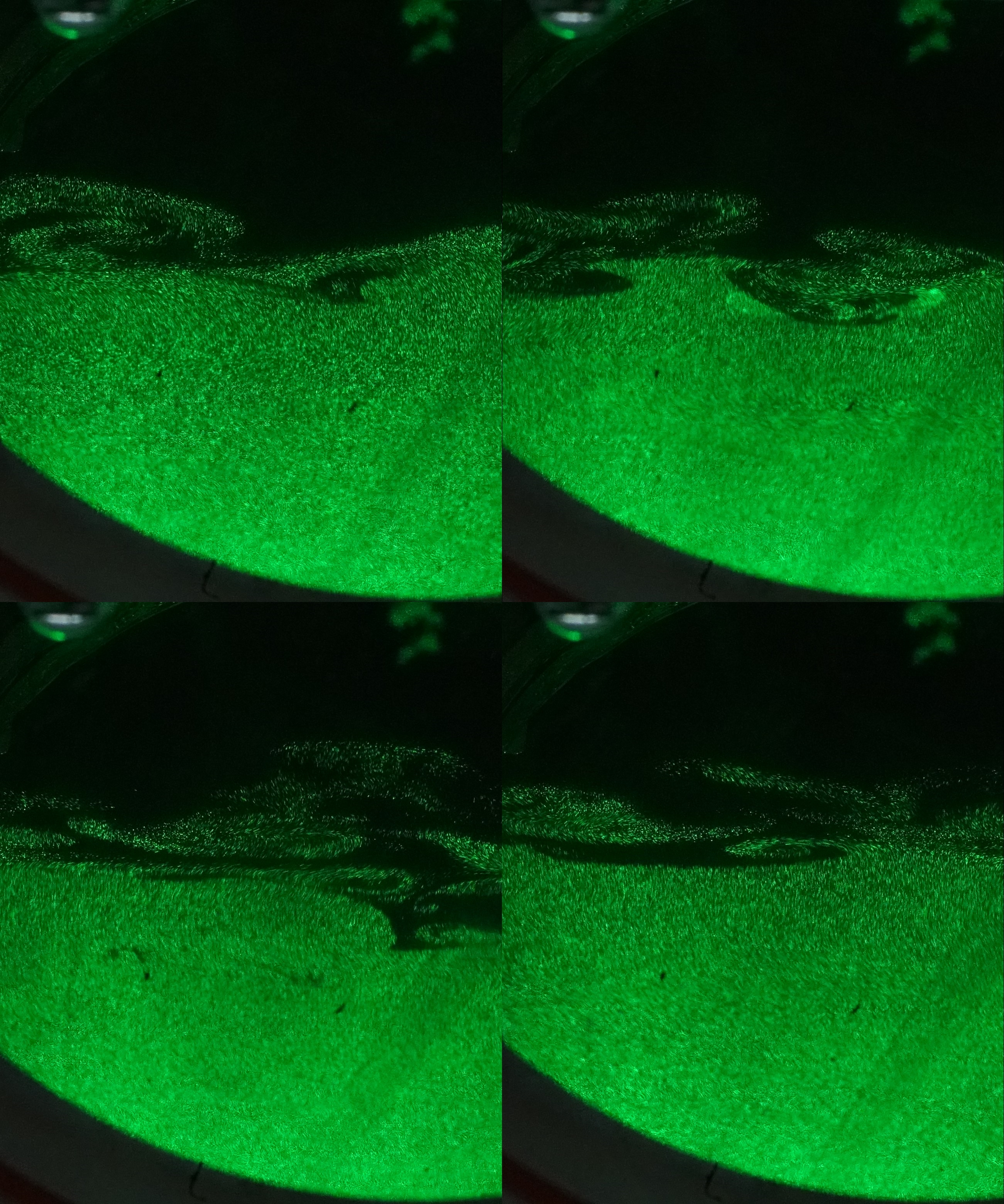Entrainment is locally inhomogeneous, but can appear globally homogeneous
Submitter
Cantrell, Will H. — Michigan Technological University
Shaw, Raymond A — Michigan Technological University
Area of research
Cloud Processes
Journal Reference
Science
We show, through laboratory experiments, that when dry air mixes with cloudy air, some cloud droplets evaporate completely, leaving others unaffected. When viewed from the perspective of mixing differing proportions of dry and cloudy air, the mixing can seem as if all droplets respond to the same environment, each evaporating just a bit.
Impact
How cloudy air mixes with dry air is one of the outstanding problems in cloud microphysics, and has implications extending from the formation of large droplets, which can affect precipitation, to cloud lifetime, which can affect climate. Our measurements help to resolve the seemingly contradictory results of entrainment from fieldwork.
Summary
Cloud characteristics are influenced by how they interact with and incorporate surrounding air, known as entrainment. When the mixing is slow compared to how quickly droplets respond, called inhomogeneous mixing, the subsequent growth of cloud droplets not affected by the mixing can be accelerated because there are fewer of them vying for the available water vapor. Our work, based on experiments in the Pi Cloud Convection chamber at Michigan Tech, shows that the local effect of mixing is inhomogeneous, but can appear homogeneous when viewed across many experiments with differing entrainment rates. The apparent contradiction arises from the fact that the system exists in multiple equilibrium states, shedding light on the ongoing debate about the nature of mixing in natural clouds.


